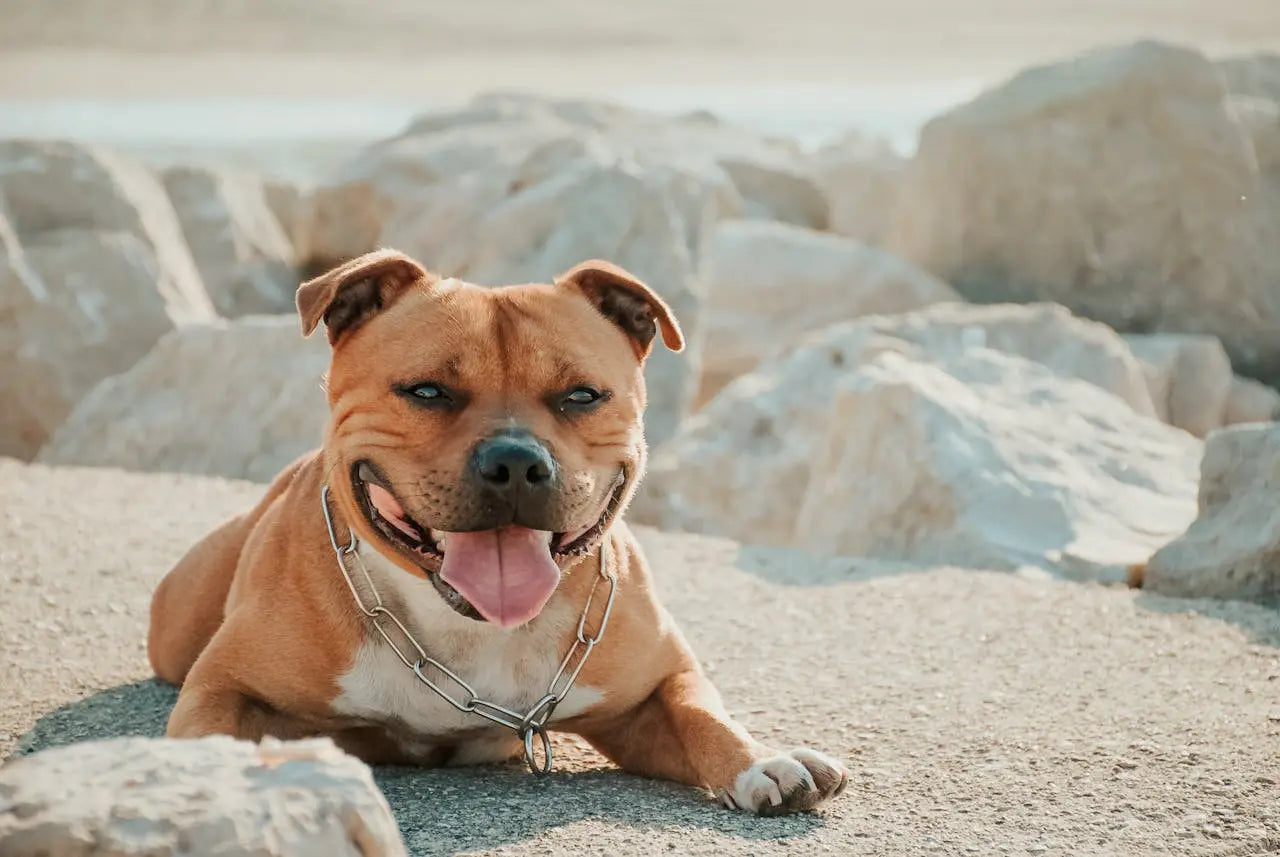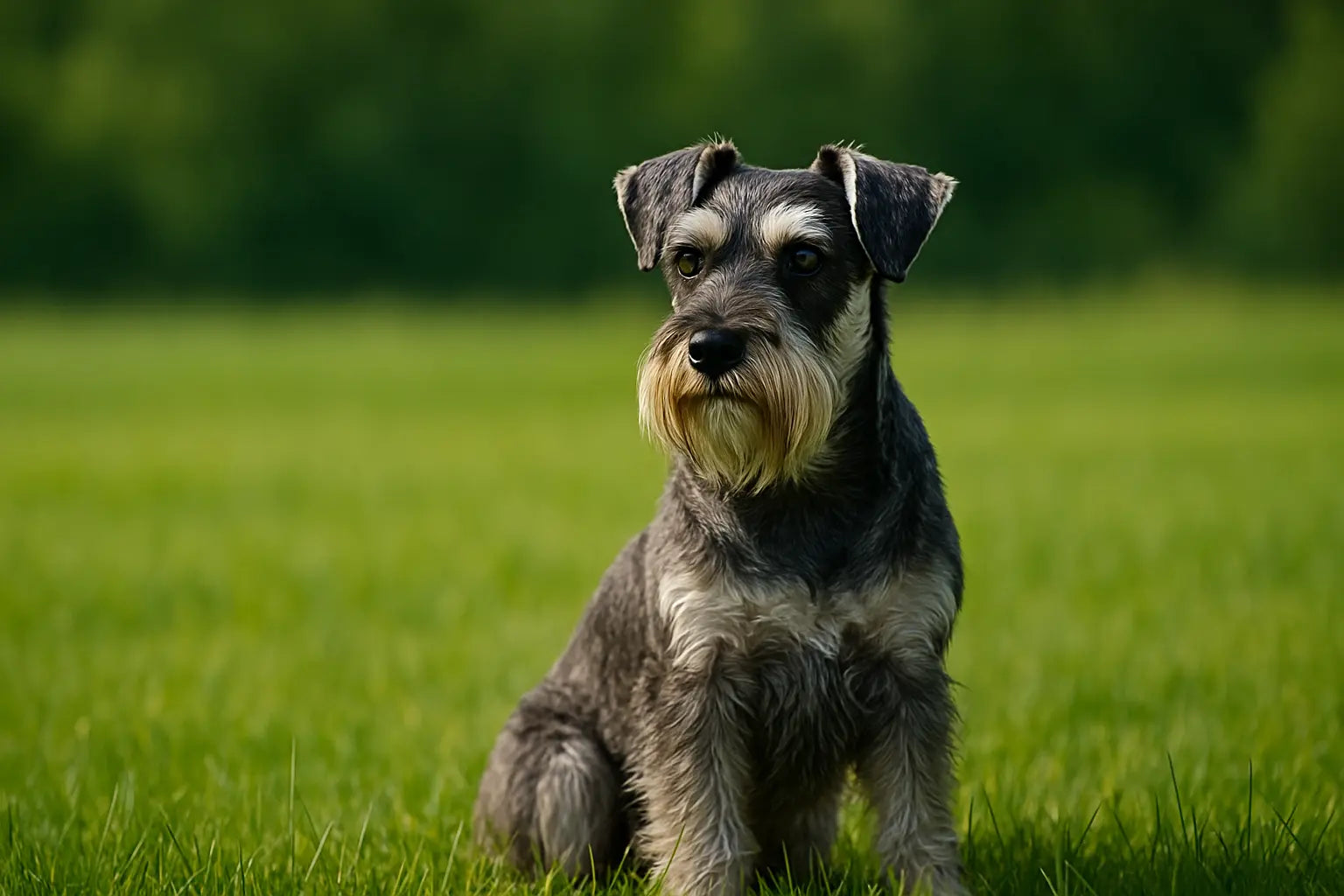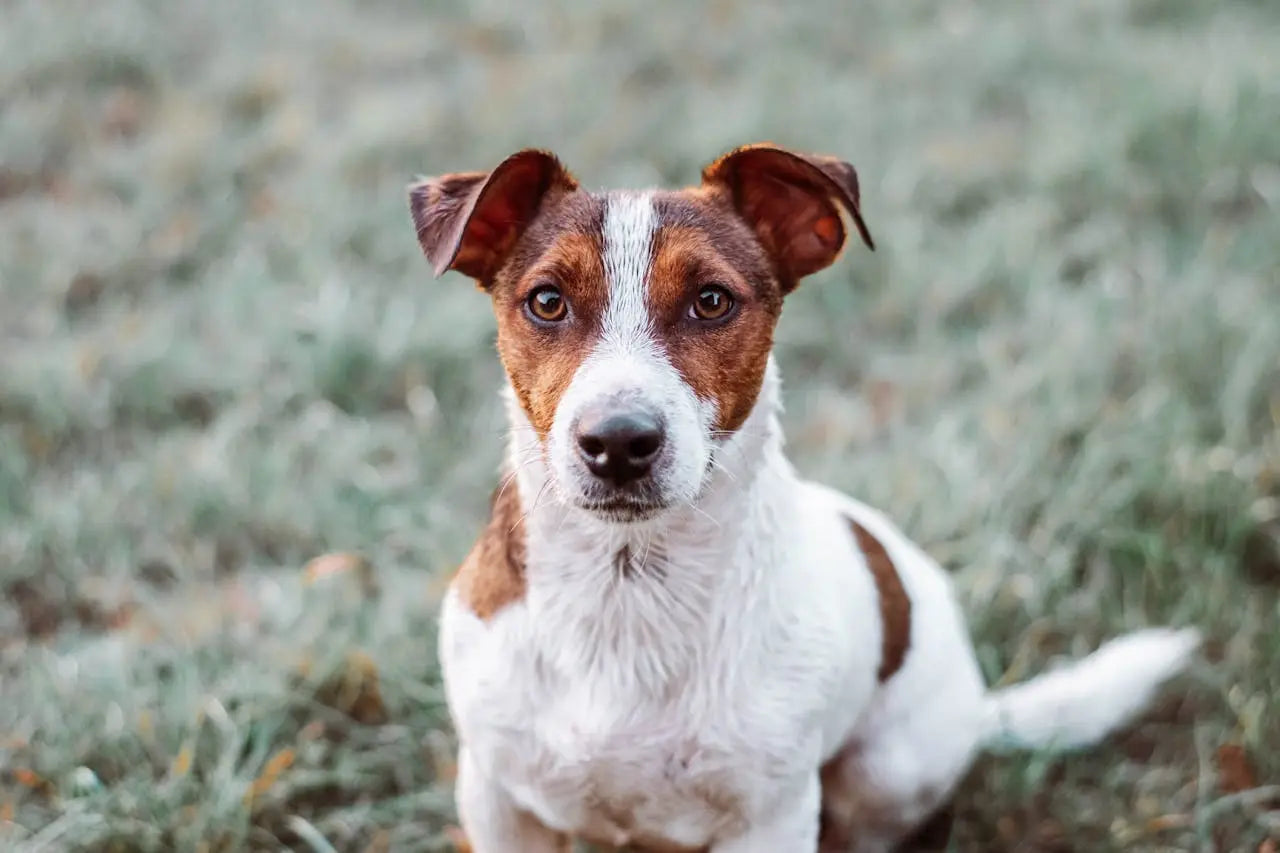
Staffordshire Bull Terrier: Temperament, Care, Gear & More (Guide)
Friendly, courageous, and packed with personality — the Staffordshire Bull Terrier (often simply called “Staffy”) has earned a special place in the hearts of Kiwi dog lovers.
Known for their strength and loyalty, Staffies are wonderful companions when raised in the right environment with proper care, training, and the right gear.
Quick Facts Overview
|
Trait |
Details |
|
Breed Name |
Staffordshire Bull Terrier |
|
Size Category |
Medium |
|
Height & Weight |
Height: 33–41 cm; Weight: 11–17 kg |
|
Coat Type & Colours |
Smooth, short coat; colours include brindle, black, blue, red, fawn, white, or combinations |
|
Energy Level |
High |
|
Origin |
England |
|
Grooming Needs |
Low (occasional brushing and bathing) |
|
Temperament |
Courageous, loyal, affectionate, energetic, intelligent |
|
Trainability |
Moderate (responds well to consistency and positive reinforcement) |
|
Compatibility |
Great with kids, socialisation needed for other pets |
|
Lifespan |
12–14 years |
Breed Origins and History
The Staffordshire Bull Terrier originated in 19th-century England, developed by crossing Bulldogs with Terriers. They were originally bred for bull-baiting and later for dog fighting, but once these cruel practices ended, the breed’s affectionate and loyal side began to shine.
Today, Staffies are celebrated as family companions and are known for their deep bond with people, especially children. In fact, in the UK, they’re often called the “nanny dog” because of their affectionate nature towards kids.
Personality and Temperament
Staffies are loyal to the core. They thrive on human companionship and will happily follow you around the house or curl up beside you after a good play session. Despite their muscular build, they’re known for being gentle, affectionate, and playful, particularly with children.
However, Staffies can be a little strong-willed. They need early training and socialisation to prevent issues like stubbornness or reactivity toward other dogs. With consistent boundaries and love, they become one of the most dependable breeds you’ll ever meet.
Recommended Gear:
Trainability and Intelligence
Staffies are clever dogs, eager to please, but their independent streak means they need firm yet positive training methods. They respond best to reward-based training using treats, toys, or even praise.
Because of their strength, it’s important to train them early on not to pull on the lead and to respond to basic commands like sit, stay, and recall. They enjoy training sessions that challenge them mentally as well as physically.
Recommended Training Gear:
Exercise and Activity Requirements
Staffies are energetic and thrive with at least an hour of daily exercise. Walks, runs, tug-of-war, and agility training all help burn their energy and strengthen your bond. They also love interactive playtime with their humans.
Without enough stimulation, Staffies can become bored and destructive, so mental challenges like puzzle toys are a great idea.
Recommended Exercise Gear:
Physical Characteristics
Staffies are compact yet muscular dogs with a strong, athletic build. They have a broad head, pronounced cheek muscles, and a short, smooth coat that gives them their distinctive look.
-
Height: 33–41 cm
-
Weight: 11–17 kg
-
Coat: Smooth, low maintenance
-
Distinctive Feature: Wide smile and expressive eyes that win people over instantly
Recommended Size-Specific Gear:
Living Environment Suitability
While Staffies love a good yard to run around in, they can also adapt well to apartment living, provided they get daily exercise. They do best in homes where they’re not left alone for long periods, as they crave human interaction.
They tolerate New Zealand’s moderate climate well, but like any short-coated dog, they may need a jacket in winter and shade in summer.
Recommended Living Gear:
Grooming and Maintenance
Staffies are low-maintenance when it comes to grooming. Their short coats just need a weekly brush and occasional bath. Regular nail trims, ear checks, and dental care should also be part of their routine.
Recommended Grooming Gear:
Common Health Issues
Like all breeds, Staffies are prone to some health conditions:
-
Hip dysplasia
-
Elbow dysplasia
-
Cataracts and other eye issues
-
Allergies and skin sensitivities
Regular vet check-ups and a balanced diet can help manage these risks. Always consult your vet for personalised advice.
Recommended Health Gear:
Diet and Feeding Guidelines
Staffies thrive on a nutritious, balanced diet with controlled portions to avoid weight gain. Divide meals into two servings a day, and avoid overindulging in treats. Some Staffies may have food sensitivities, so quality food is essential.
Recommended Feeding Gear:
Compatibility with People and Other Pets
Staffies are famously good with children and thrive as part of an active family. While they can be friendly with other dogs if socialised early, they sometimes prefer human company over canine friends. Small pets should be introduced cautiously.
Recommended Social Gear:
Behavioural Issues and Management
Without enough stimulation, Staffies may chew, dig, or bark excessively. They’re also known to pull on the lead if not trained properly. Consistency and the right gear go a long way in managing these behaviours.
Recommended Behavioural Gear:
Essential Gear for Staffordshire Bull Terriers
-
Walking: Dog Leashes, Dog Harnesses
-
Style: Designer Dog Collars, Leather Collars
-
Training: Treat Bags, Dog Training
-
Travel: Dog Car Seat Belts, Bundles
-
Climate Gear: Coats, Summer Collection
-
Personalised: Personalised Dog Harnesses, Customise
Frequently Asked Questions
1. Do Staffordshire Bull Terriers shed?
Yes, Staffies do shed, but only lightly. Their short, smooth coat makes them easy to maintain with a weekly brush to keep shedding under control.
2. Are Staffies good for first-time owners?
They can be! While Staffies are loyal and affectionate, they are strong and energetic, so first-time owners need to commit to consistent training, exercise, and socialisation.
3. Do Staffies bark a lot?
Staffies are not excessive barkers, but they will bark to alert you of visitors or unusual noises. Proper training can help manage any barking habits.
4. Are Staffies good with kids?
Yes — they are famously affectionate with children and are often called “nanny dogs.” However, as with any breed, supervise interactions between dogs and young children.
5. What size gear should I get for a Staffy?
Most Staffordshire Bull Terriers fit into medium dog gear, but always measure your dog’s chest and neck to ensure the perfect fit for harnesses, collars, and coats.
6. Are Staffordshire Bull Terriers aggressive?
No, Staffies are not naturally aggressive. They are people-loving dogs. Any aggression usually comes from poor training or lack of socialisation, so early training is key.
7. Do Staffordshire Bull Terriers get along with other dogs?
They can, but it depends on socialisation. Staffies often prefer human company, so early, positive introductions are essential if you want them to live peacefully with other dogs.
8. Are Staffordshire Bull Terriers easy to groom?
Yes, their short coat is low-maintenance. A weekly brush and the occasional bath are enough to keep them looking great.
9. How long do Staffordshire Bull Terriers live?
Staffies generally live 12–14 years with proper care, exercise, and regular vet check-ups. They are a hardy breed but may be prone to hip dysplasia and skin sensitivities.
10. Do Staffordshire Bull Terriers need a lot of exercise?
Absolutely! Staffies are energetic and need at least an hour of daily activity — from walks and runs to play sessions. Without enough exercise, they can become bored and destructive.
Final Thoughts
The Staffordshire Bull Terrier is a loyal, affectionate, and playful breed that thrives in active Kiwi households. With proper training, exercise, and the right gear, they make lifelong companions.
Visit EzyDog NZ to find gear perfectly suited for your Staffy’s size, energy, and personality.




Leave a comment
This site is protected by hCaptcha and the hCaptcha Privacy Policy and Terms of Service apply.